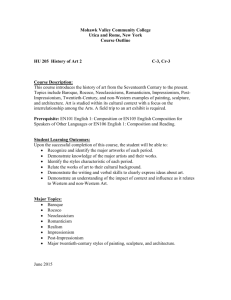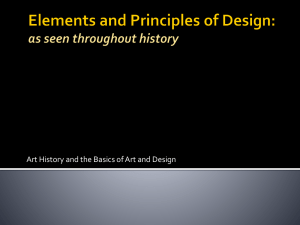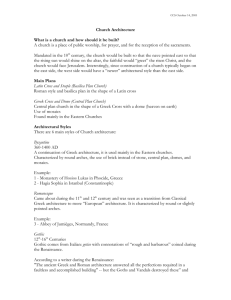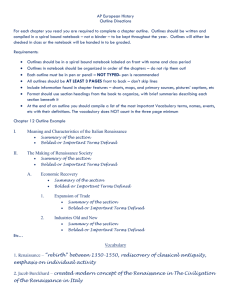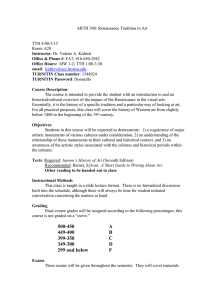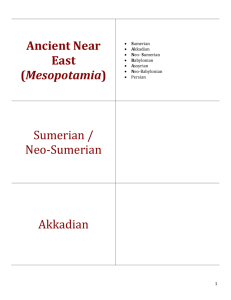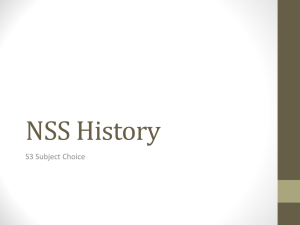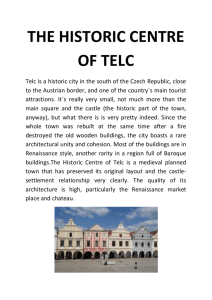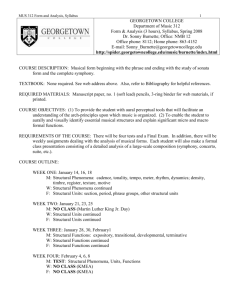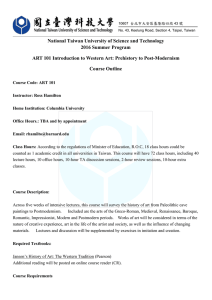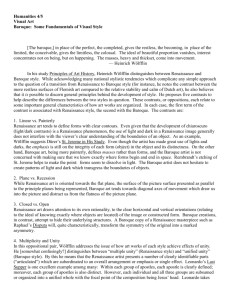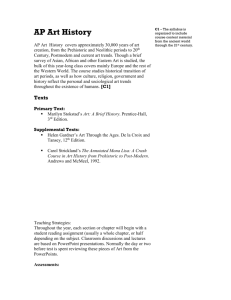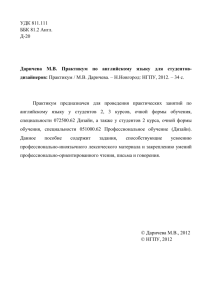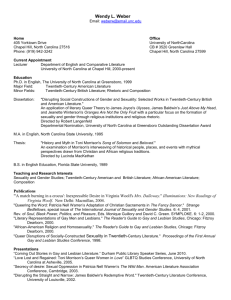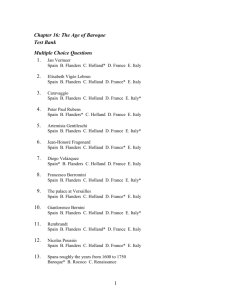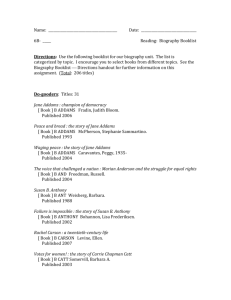INTL213_Sept2013 - Heartland Community College
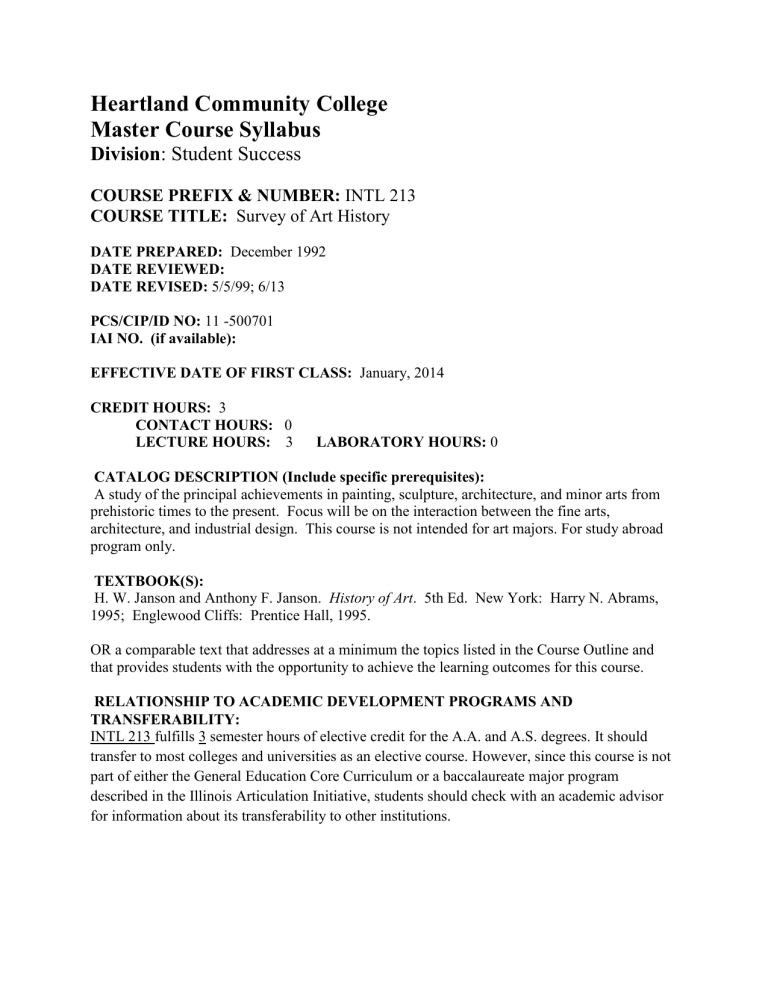
Heartland Community College
Master Course Syllabus
Division : Student Success
COURSE PREFIX & NUMBER: INTL 213
COURSE TITLE: Survey of Art History
DATE PREPARED: December 1992
DATE REVIEWED:
DATE REVISED: 5/5/99; 6/13
PCS/CIP/ID NO: 11 -500701
IAI NO. (if available):
EFFECTIVE DATE OF FIRST CLASS: January, 2014
CREDIT HOURS: 3
CONTACT HOURS: 0
LECTURE HOURS: 3 LABORATORY HOURS: 0
CATALOG DESCRIPTION (Include specific prerequisites):
A study of the principal achievements in painting, sculpture, architecture, and minor arts from prehistoric times to the present. Focus will be on the interaction between the fine arts, architecture, and industrial design. This course is not intended for art majors. For study abroad program only.
TEXTBOOK(S):
H. W. Janson and Anthony F. Janson. History of Art . 5th Ed. New York: Harry N. Abrams,
1995; Englewood Cliffs: Prentice Hall, 1995.
OR a comparable text that addresses at a minimum the topics listed in the Course Outline and that provides students with the opportunity to achieve the learning outcomes for this course.
RELATIONSHIP TO ACADEMIC DEVELOPMENT PROGRAMS AND
TRANSFERABILITY:
INTL 213 fulfills 3 semester hours of elective credit for the A.A. and A.S. degrees. It should transfer to most colleges and universities as an elective course. However, since this course is not part of either the General Education Core Curriculum or a baccalaureate major program described in the Illinois Articulation Initiative, students should check with an academic advisor for information about its transferability to other institutions.
Learning Outcomes
Course Outcomes
1.
Identify some of the works of art that are considered to represent the greatest achievements of various cultures and civilizations and that have defined these civilizations' visual traditions
2.
3.
Look at art with sensitivity and formal understanding
Recognize various periods, mediums, and subjects in art.
4. Become aware of representative artists' styles and begin to appreciate how and why art
changes over time as well as sometimes within an individual artist's career
5. Understand the relationship between the form a particular artwork takes and its function,
and on a broader level, understand some of the historical, religious, and social
conditions that have produced particular artistic works.
6. Understand some of the fundamental differences in materials, techniques, and subjects
used by artists, and explain how these basic elements affect artistic style
7.
8.
Become familiar with some of the terminology and methodology of art history.
Develop the confidence to pursue specific areas of art history on a more advanced level
9. Identify appropriate topics for scholarly research in art history, utilize standard
bibliographic and other research tools, select suitable sources and methodology, and
write papers presenting the results of your research while observing the conventions of
scholarly discourse
General Education Learning Outcomes
DI 2, CO 5, CO 6
Range of Assessment Methods analytic notebook, research paper
COURSE/LAB OUTLINE:
I.
II.
4.
5.
6.
7.
8.
The Ancient World
1. Prehistoric Art
2.
3.
Egyptian Art
Ancient Near Eastern Art
Ægean Art
Greek Art
Etruscan Art
Roman Art
Early Christian and Byzantine Art
The Middle Ages
III.
IV.
1.
2.
3.
4.
Islamic Art
Early Medieval Art
Romanesque Art
Gothic Art
5.
6.
7.
8.
The Renaissance through the Rococo
1. Late Gothic Art
2.
3.
4.
The Early Renaissance in Italy
The High Renaissance in Italy
Mannerism
The Renaissance in the North
The Baroque in Italy and Spain
The Baroque in Flanders and Holland
The Rococo
3.
4.
5.
6.
7.
8.
The Modern World
1. Neoclassicism and Romanticism
2. Realism and Impressionism
Post-Impressionism, Symbolism, and Art Nouveau
Twentieth-Century Painting
Twentieth-Century Sculpture
Twentieth-Century Architecture
Twentieth-Century Photography
Post-Modernism
METHOD OF EVALUATION:
Assessment Method
Analytical Notebook
Research Paper
TOTAL
% of final grade
50 %
50%
100 %
REQUIRED WRITING AND READING:
Students will write one formal paper (12 to 15 pages) based on their individual library research.
They will also do daily writing in an analytic notebook during the study tour portion of the course.
Reading assignments will normally be from the required text, although there may be occasional handouts.

